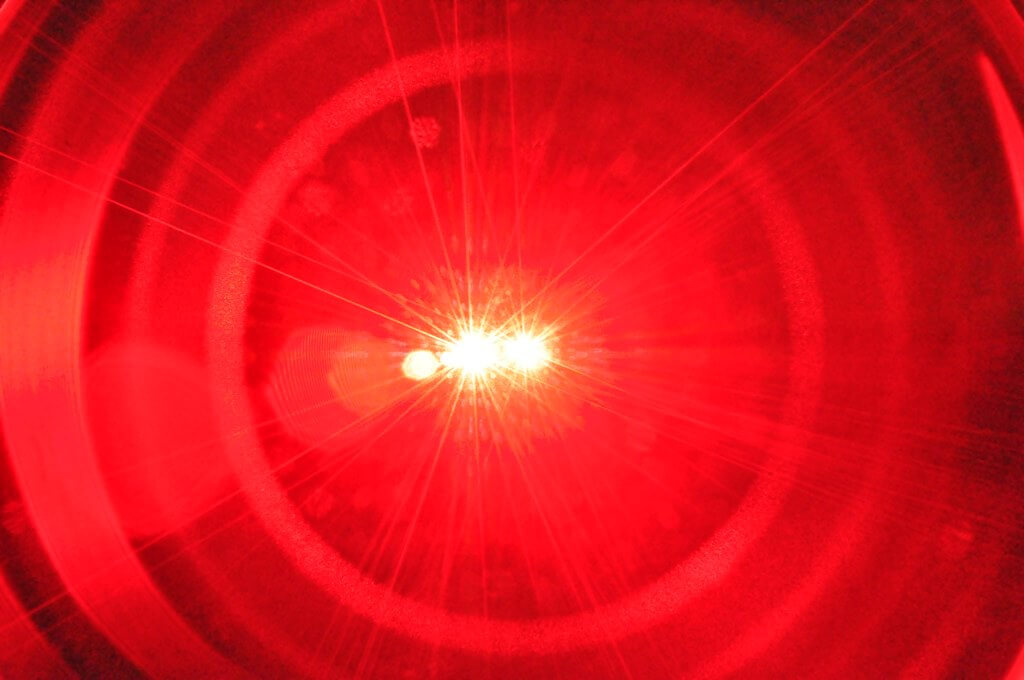 For most people with rosacea, symptoms typically begin after age 30, which may coincide with rising interest in reducing the signs of aging and associated cosmetic procedures. Since rosacea is a complex and often unpredictable condition, it’s important to understand how the most common procedures may impact symptoms and what can be done to minimize any unwanted side effects.
For most people with rosacea, symptoms typically begin after age 30, which may coincide with rising interest in reducing the signs of aging and associated cosmetic procedures. Since rosacea is a complex and often unpredictable condition, it’s important to understand how the most common procedures may impact symptoms and what can be done to minimize any unwanted side effects.
Injectables, like botox and fillers, are used to reduce the appearance of wrinkles and add volume and fullness to the face. “Because they do not interfere with the vascular structure of the skin they do not pose a problem,” said Dr. Estee Williams, assistant clinical professor in dermatology at Mount Sinai Medical Center and practicing dermatologist with Madfes Aesthetic Medical Center.
When it comes to chemical peels, many contain alpha hydroxy or glycolic acid. And while those ingredients are great at treating wrinkles, discolored skin and scars for many people, they are something that patients with rosacea will want to avoid completely.
“Chemical peels are generally a no-no because their exfoliative action causes redness and flaking, exactly the last thing rosacea patients need,” advised Dr. Williams. Rosacea skin needs to be treated gently with appropriate cleansers, moisturizers and sunscreen.
Vascular Lasers Get the Green Light
Vascular laser procedures are familiar to the rosacea community as they are commonly used as part of a therapeutic regimen. Pulsed dye laser (PDL), Intense pulsed light (IPL) and KTP laser treatments are widely used by dermatologists to reduce persistent facial redness (erythema) and reduce the appearance of visible blood vessels (telangiectasia).
“Laser treatments are the cornerstone of treating redness and a durable solution for patients,” said Dr. Emmy Graber, president and founder of The Dermatology Institute of Boston and affiliate clinical instructor at Northeastern University. And in some cases, Dr. Graber recommends that her patients induce their redness before a laser procedure to improve the laser’s effect. By stopping topical treatments a few days ahead of time or exposing their skin to known triggers which may include exercise or sun and heat exposure, she can get better results. “I’ve even had patients jog over to their laser procedure so that they are at their reddest color, making the laser more effective,” said Graber.
Skin resurfacing treatments that create multiple mini traumas to the epidermis and dermis — the upper and middle layers of the skin — to promote collagen formation, such as microneedling, dermaplaning and resurfacing lasers, should be used with extreme caution, said Dr. Williams. “While these treatments could be used by patients who have their rosacea flare ups under control, it’s very possible that the treatment itself could induce a flare up and result in an extended recovery time.”
Whether it’s managing rosacea symptoms or finding the right anti-aging regimens, it’s important to work with a board certified dermatologist who specializes in rosacea care. Knowing your triggers and adhering to your treatment plan will give you the most options when it comes to considering other cosmetic treatments to improve the look and feel of your skin. When used consistently according to directions, long-term medical therapy can slow or halt the progression of rosacea and maintain remission which is one way to put your best face forward — at any age.
Photo courtesy of morebyless on flickr.